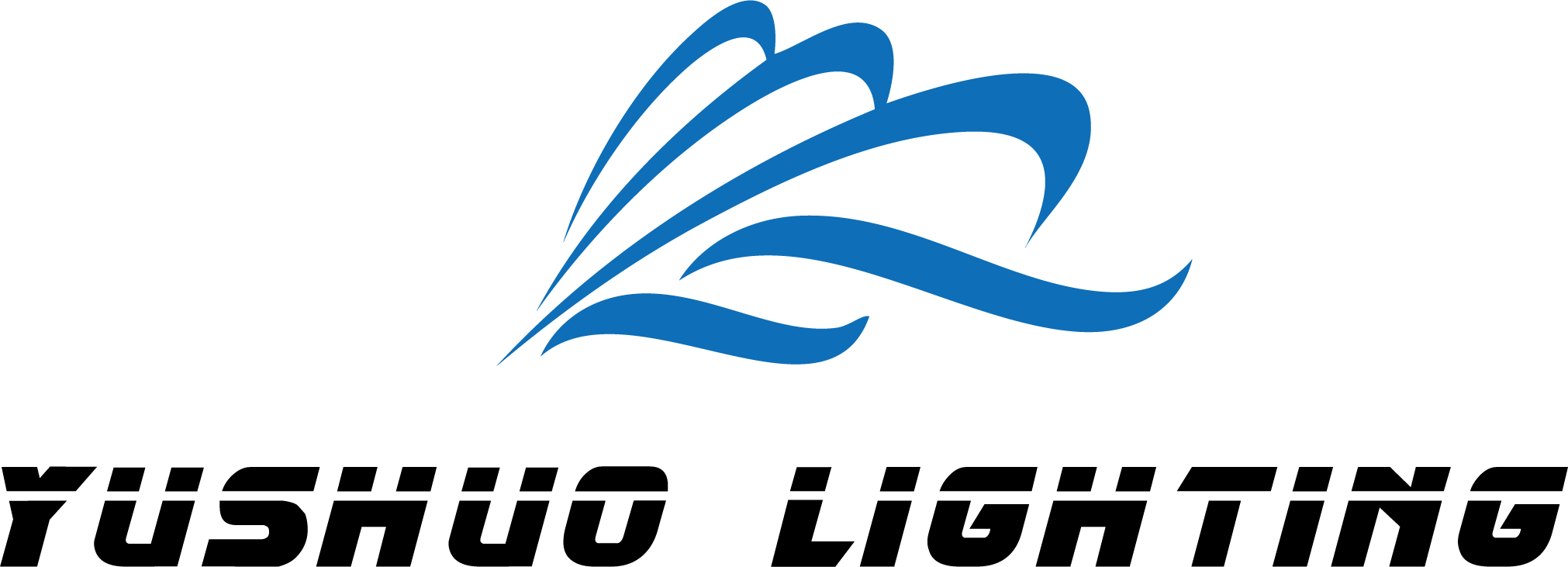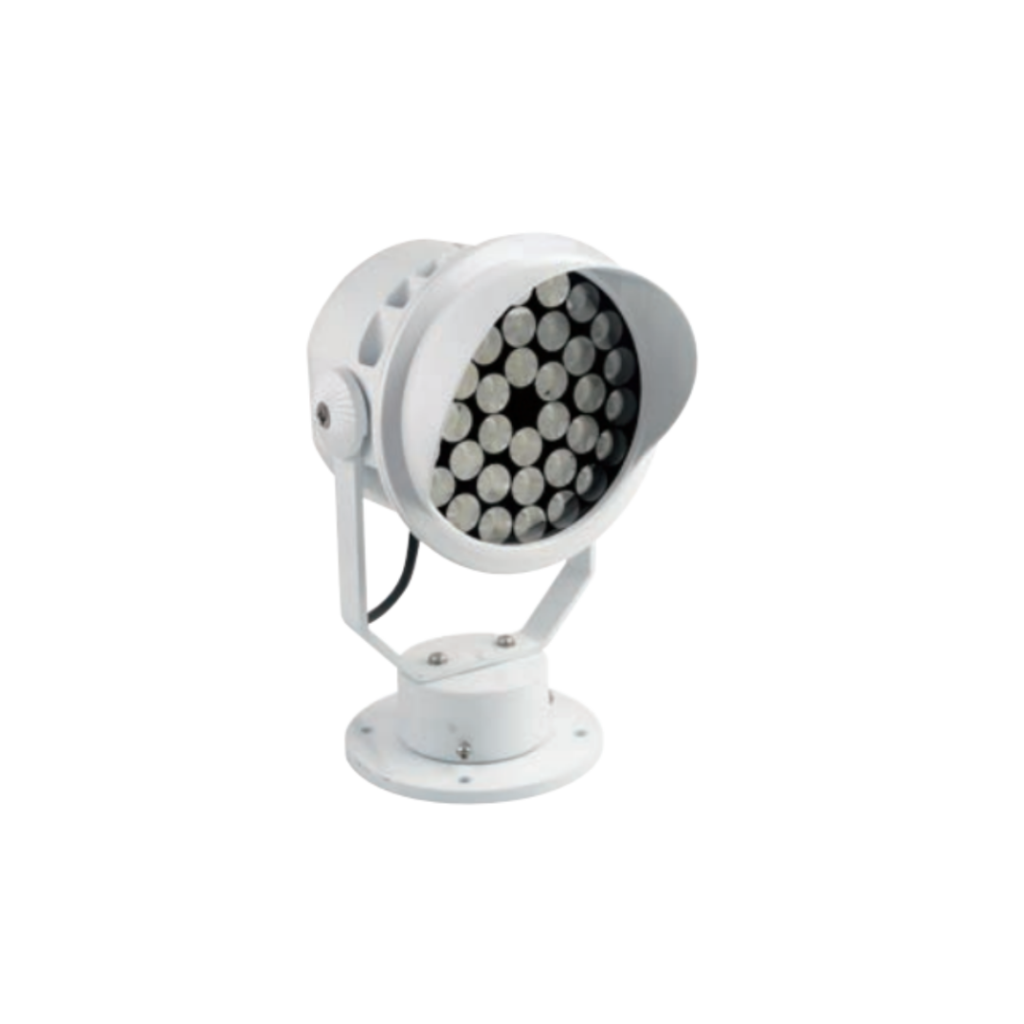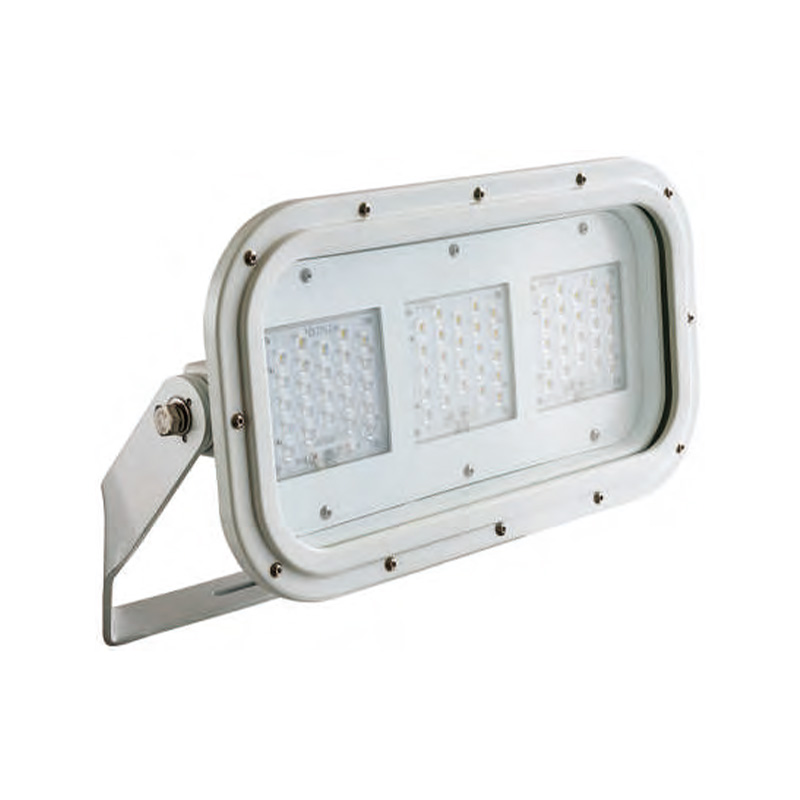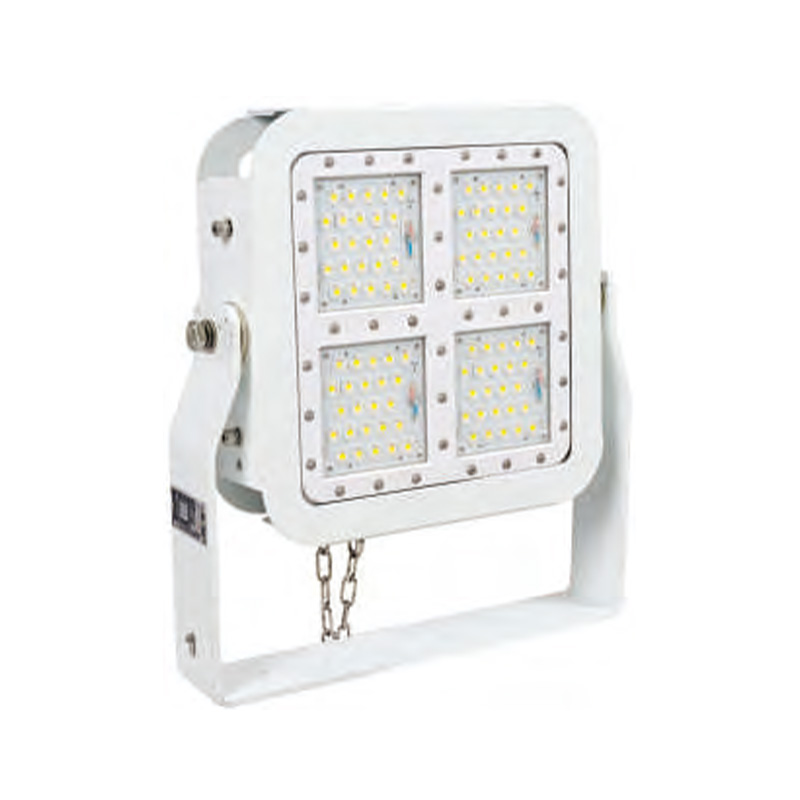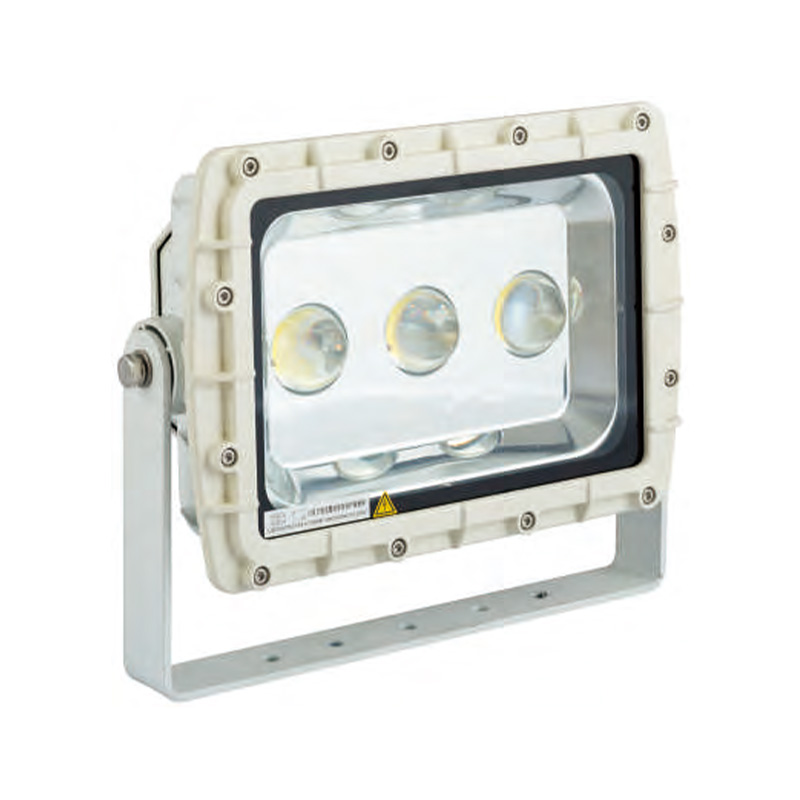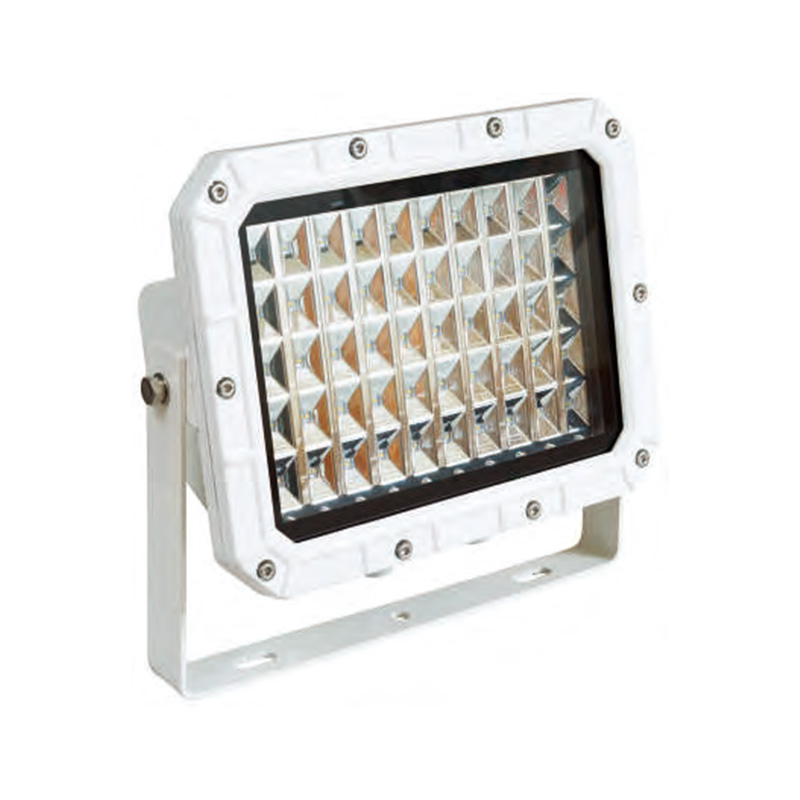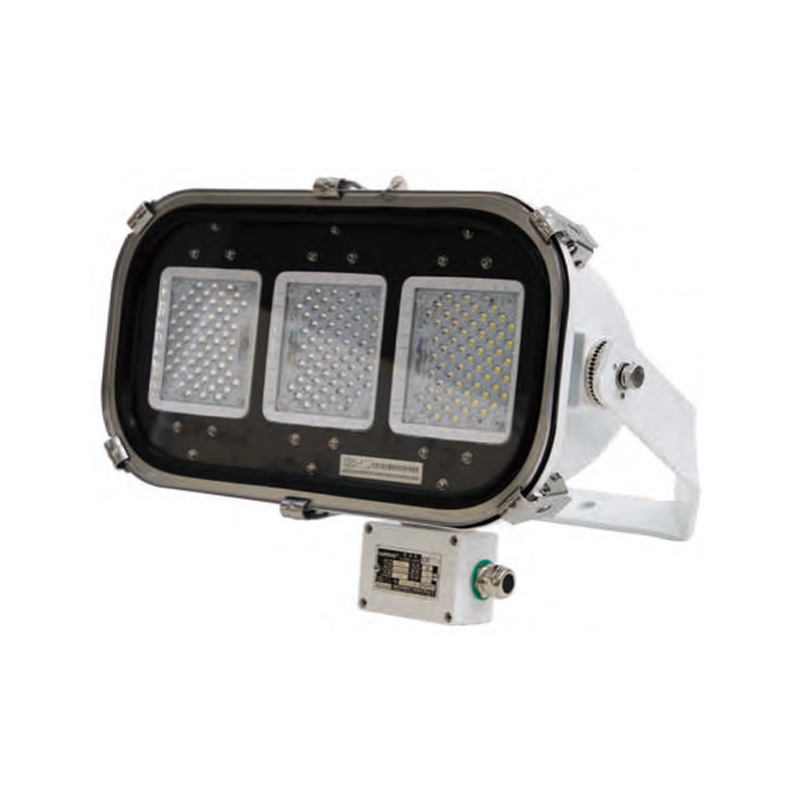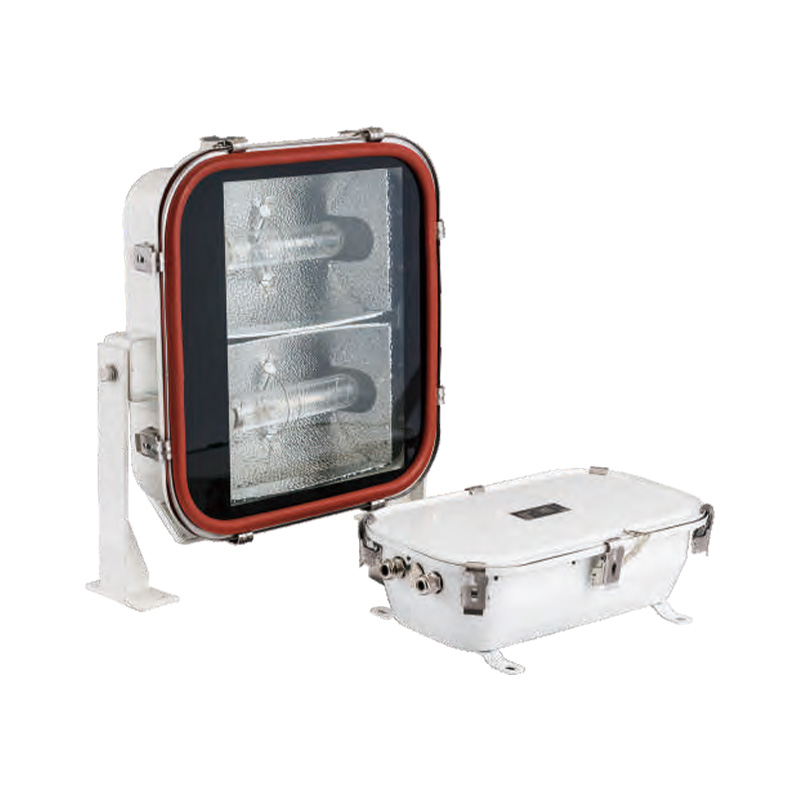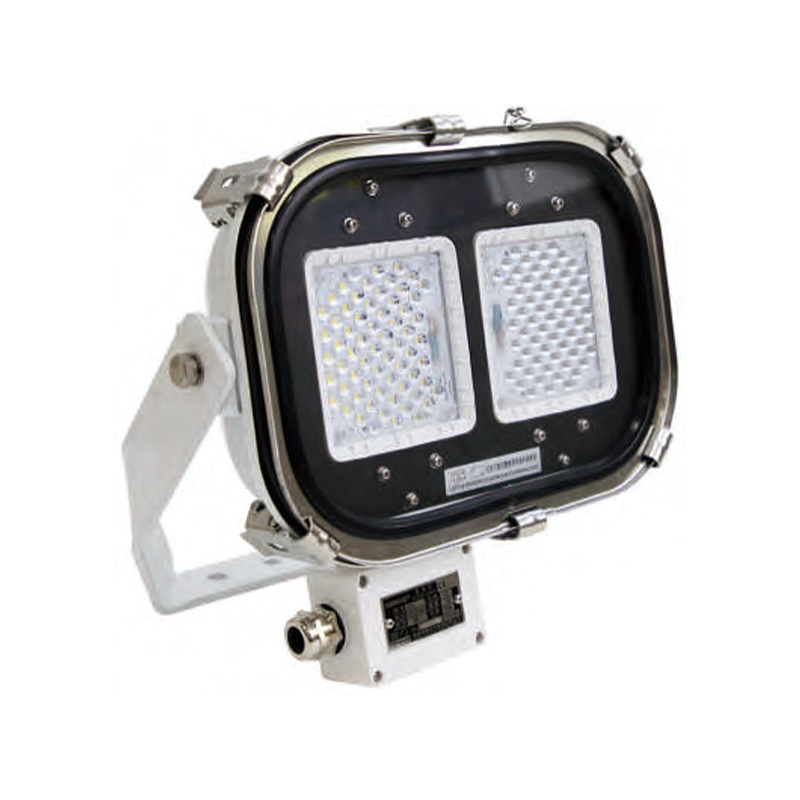What Materials Matter Most in Marine Spotlights for Boats
For most people buying marine spotlights for boats, weight features like brightness and waterproof ratings take centre stage. But there’s one factor that is often ignored to literally any attention-and that is the material choice. The LED spotlights for boats are not only influenced by the material used in production but heavily rely on their durability, efficiency, and long-term performance. In this article, we will decode the vital materials that comprise marine-grade LED spotlights.
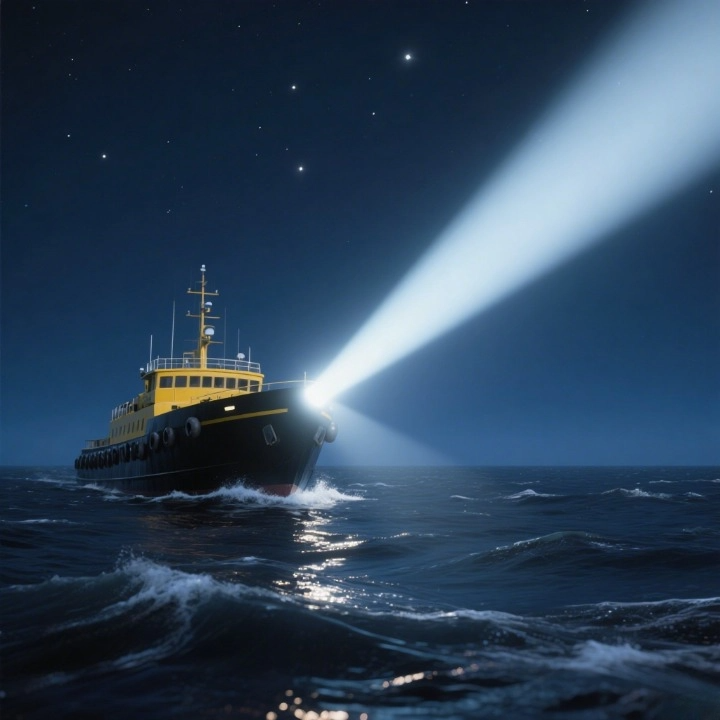
Table of Contents
Why Material Matters for Marine Spotlights
Marine spotlights for boats face a distinctive challenge when compared to inland lighting systems: the constant threat of saltwater corrosion, UV exposure, temperature swings, saltwater abrasion, vibration, and impacts. In this case, the outer casing, lens, and heater sink also need to be designed with strong performance in mind with respect to their engineering.
Materials Chosen for Avoiding Corrosion Damage
The marine environment is often relentless. The high salinity and constant moisture accelerates corrosion, making alloy selection critical for any marine lighting.
316 Stainless Steel
For supplying high-tier marine spotlights for boats, 316 grade stainless steel with high molybdenum containing housings is often used. These have superior resistance to chloride ion corrosion typical of seawater. For example, one well-known brand uses a 316 stainless steel housing that appears in good condition with no rust or pitting after five years of consistent saltwater exposure.
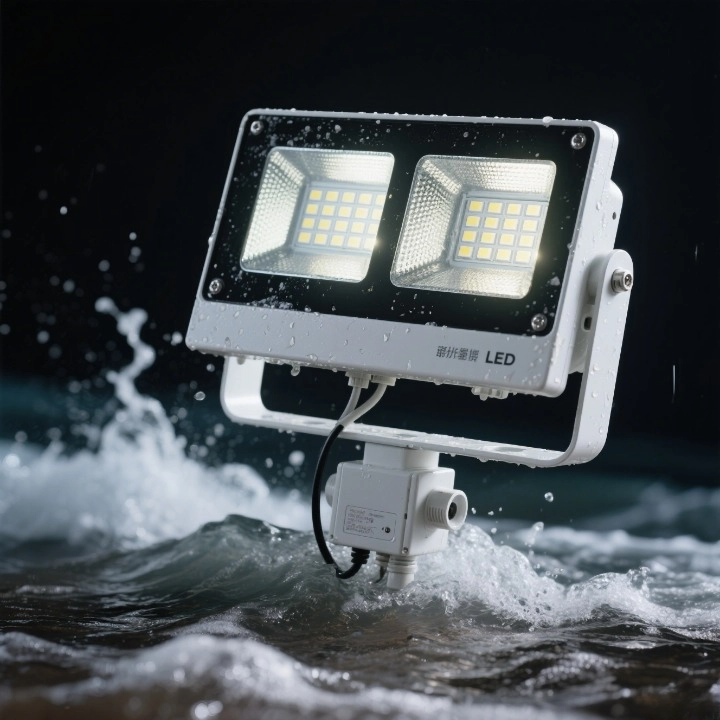
Marine Graded Anodized Aluminium
Marine graded aluminium, especially 6061 or 6063 aluminium alloys, are anodised to increase their corrosion resistance. They weigh less than steel and offer great thermal conductivity which makes them suitable for LED spotlights for boats as both, housings and heat sinks.
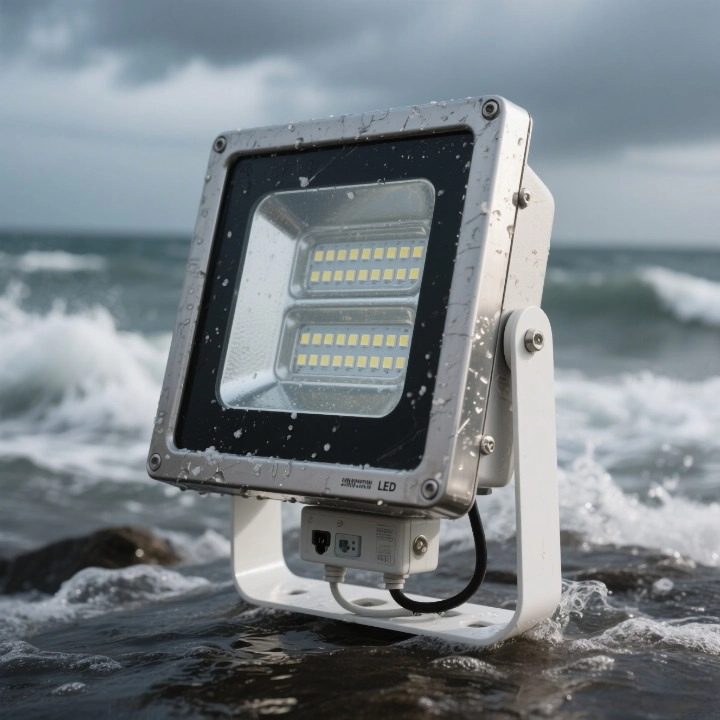
Considerations for Material Selection Based on Thermal Efficiency
The internal heating of LEDs is well-recognised. It poses a threat to the LED’s lifespan and brightness while also increasing chances of LED internal damage due to poorly managed thermals, especially for devices that run continuously.
Aluminium Heat Sinks
A grade 6063 aluminium alloy is often used for LED heat sinks due to its high thermal conductivity of almost 200 W/mK. This ensures rapid transfer of heat from the LED’s core to the surrounding atmosphere, facilitating quicker and efficient cooling. To put this into perspective, one marine spotlight model maintained its internal temperature even after running at full power for over 8 hours, thanks to this material.
Heat Pipe Technology for Advanced Cooling
The newest marine spotlights have added heat pipe technology which consists of a sealed copper pipe filled with a working fluid. This pipe removes heat from the LED and distributes it to a larger heat sink area. Because of this, the operating temperature of the chip is drastically lowered, allowing it to run in higher thermal protected environments without failure, which increases the lifespan and ensures brightness consistency.
Chosen Materials Withstand Impacts When Sailing
Rough marine environments can damage equipment in many ways, including corrosion and impact. For example, the sea’s constant movement can shake everything on the ship, meaning spotlights need to endure shocks, continuous vibration, and uncontrollable ocean motion.

7075 Aluminium Alloy
Known as the “aviation-grade aluminium”, 7075 aluminium alloy offers exceptional tensile strength and impact resistance. It is at times referred to as “Aviation grade” aluminium because of the spotlight’s aluminium alloy used in the mounting brackets and structural supports. These parts are usually made from 7075 aluminium alloy due to its strong impact resistance and tensile strength. In one experiment, a bracket made from 7075 alloy passed a drop impact test of 50 kg force without any sign of deformation.
316 Stainless Steel Brackets
Apart from housings, 316 stainless steel also works well in spotlight brackets. Some brands have tested their stainless-steel spotlight brackets to resist up to 1000N of impact force, maintaining their position even in rough, high-speed navigation.
Select Materials With High Protection Standards Against Water And Dust
For marine LEDs, their effectiveness in lighting harsh sea conditions requires strict waterproofing and dustproof needs. For LED marine spotlights, water ingress is an unseen threat. Seawater can short circuit electrical wiring and internally damage components due to corrosion.
Precision Sealing
Spray lights sold for boats have gaskets made from carved marine grade silicone that use double O-ring seals. Missing compression sealed wire entry ports omit the required marine grade silicone that makes not only claims for watertight integrity but also withstands IP67 and IP68 testing. Extreme condition SNAP-tested saltwater exposure is no match against rubber gaskets impervious to UV radiation and saltwater.
Waterproof Breathable Membranes
Some marine LED spotlights use membranes similar to GORE-TEX style to avoid internal condensation. These membranes counterbalance temperature changes while preventing the permeation of saltwater and vapour. This is extremely advantageous for lights used in polar or tropical climates.
Materials Must Guarantee Effective Lighting
To achieve the desired illumination with LED spotlights used for boats, the optical components must consider the aspects of both clarity and strength.
Tempered Glass
Using tempered glasses as lenses has over 90% light transmittance and gives very good protection against salt water corrosion and physical damage. A spotlight model using high-transmittance borosilicate tempered glass maintained over 92% light clarity after six months of marine exposure and cleaning.
Polycarbonate Lenses
Polycarbonate is also popular due to its light weight and high impact resistance. The better polycarbonate versions come with anti-yellowing and anti-scratch UV protective coatings. One such example is a polycarbonate lens used on an offshore fishing boat which showed no signs of aging after a season of full exposure to direct sunlight.
Final Thoughts
Offshore fishermen, cargo ship captains, or marina operators need quality marine spotlights for boats which do not rely on advertised lumens. Instead, it comes down to what materials are used behind the lens. All details are critical: corrosion-proof housings, heat-dissipating cores, shock-resilient brackets, and lenses of optical grade.
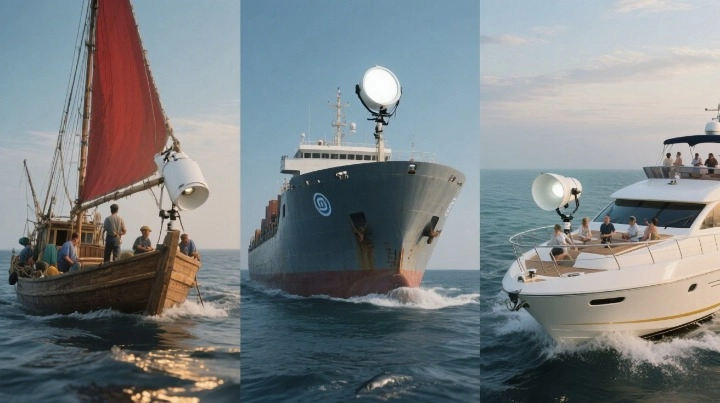
If you want your lighting system to withstand storms, salt, and seasonal changes, choose LED spotlights for boats that are made with thorough consideration—and designed with marine-grade materials.
